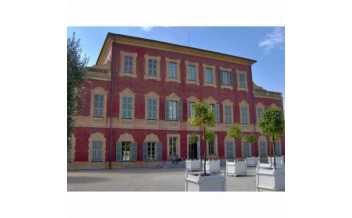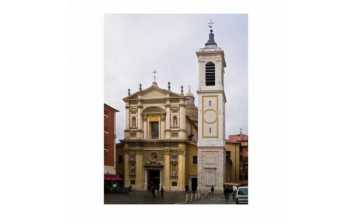Activities
-
Basilique Saint-Pierre d'Avignon, Provence
Collegiate church built between the 14th and early 16th centuries, its...
-
Castle Hill, Nice, Provence
The hillside, often called “the cradle of the sun”, is a public park with...
-
Cimiez Cathedral, Nice, Provence
Reduced to ruins since its destruction in 1706, the Roman Catholic cathedral...
-
Fort du Mont Alban, Nice, Provence
It was built in 1557 by order of Emmanuel Philibert, Duke of Savoy, to...
-
Musée Marc Chagall, Nice, Provence
At the foot of Cimiez Hill, this museum honours the talents and philanthropy...
-
Musée Matisse, Nice, Provence
The museum gathers one of the world’s largest collections of Matisse’s work,...
-
Musée d'art moderne et d'art contemporain,...
The museum is dedicated to modern and contemporary art. Its collections,...
-
Muséum d'histoire naturelle de Nice, Provence
The Museum proposes a naturalistic walk through the middle country and the...
-
Nice Cathedral, Nice, Provence
Between 1650 and 1865 the original 11th-century church was gradually replaced...
-
Notre-Dame de Nice, Provence
The largest church in Nice and the first modern religious building, the...
-
Palais Lascaris, Nice, Provence
This Baroque-style palace was built in the early 17th-century for the richest...
-
Saint-Nicolas Cathedral, Nice, Provence
In the mid 19th-century, the Russian nobility began to visit Nice and the...

















